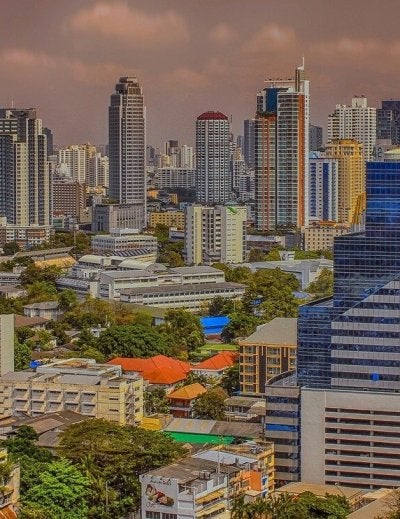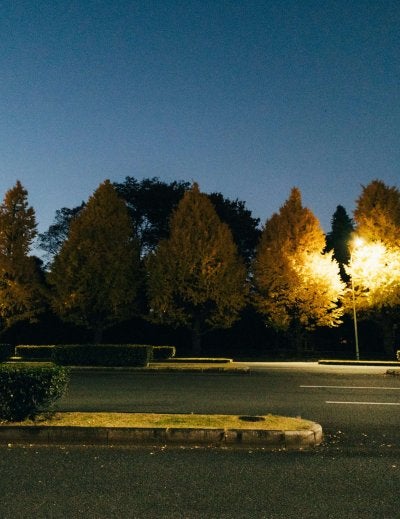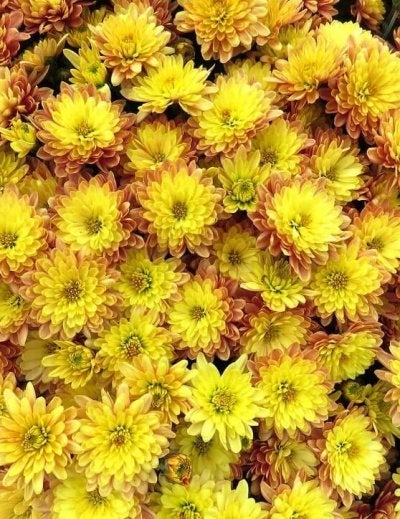
Onsen Season: Japan’s Hot Springs in Autumn
Few experiences define Japanese autumn more completely than bathing in a natural hot spring while cool air drifts through coloured leaves. November marks the beginning of the most comfortable onsen season, when temperatures invite both relaxation and exploration. Across the country, from Hokkaido to Kyushu, the landscape and climate combine to create perfect conditions for the art of bathing.
Why November is Ideal
After the humid summer, the drop in temperature brings crisp, dry air. Average daytime highs of 15°C and cool evenings around 8°C make soaking in hot mineral water deeply restorative. The scenery adds to the appeal: many onsen towns lie in valleys or mountain areas where maples, ginkgo and larch trees turn bright red and gold.
In Japanese tradition, hot spring bathing is more than leisure. It represents renewal, cleansing and balance. The contrast between hot water and cool air mirrors the seasonal shift itself—an alternation of heat and stillness that reflects the year’s natural rhythm.
Best Regions for Autumn Onsen
- Hakone (Kanagawa Prefecture): Only 90 minutes from Tokyo, Hakone combines easy access with a full range of onsen resorts. Outdoor baths overlook the surrounding hills and, on clear days, Mount Fuji. The area’s museums and ropeway rides make it a complete autumn retreat.
- Kusatsu (Gunma Prefecture): Known for its high mineral content and naturally flowing springs, Kusatsu offers public bathhouses, traditional inns and a large open-air bath in the Sainokawara Park surrounded by trees. November nights here are cool enough to see steam rise dramatically against the forest backdrop.
- Gero Onsen (Gifu Prefecture): Nestled in the mountains, Gero is famous for the softness of its water. Wooden bridges and riverside footbaths allow visitors to enjoy the scenery without rush.
- Beppu and Yufuin (Oita Prefecture): In Kyushu, Beppu’s hot springs feature bubbling mud and steaming vents, while nearby Yufuin provides quieter boutique inns and mountain views.
Cultural Aspects
Onsen etiquette adds depth to the experience. Before entering the bath, visitors wash thoroughly; bathing suits are not worn, and silence is observed to preserve calm. Many inns provide indoor and outdoor options, and some offer private baths for families or couples.
Linking Bathing with the Season
November’s hot springs often coincide with local harvest events. Mountain inns serve meals featuring mushrooms, chestnuts and new rice, creating a complete autumn experience that engages all senses. After bathing, guests wear yukata robes and stroll through lantern-lit streets lined with maples.
Rest and Reflection
To soak in an onsen in November is to pause at the boundary between seasons. The warmth of the water, the scent of wood smoke and the colour of the leaves combine to express what Japanese call iyashi—a sense of healing. It is both physical and emotional, a reminder that comfort can arise naturally from the changing world.



